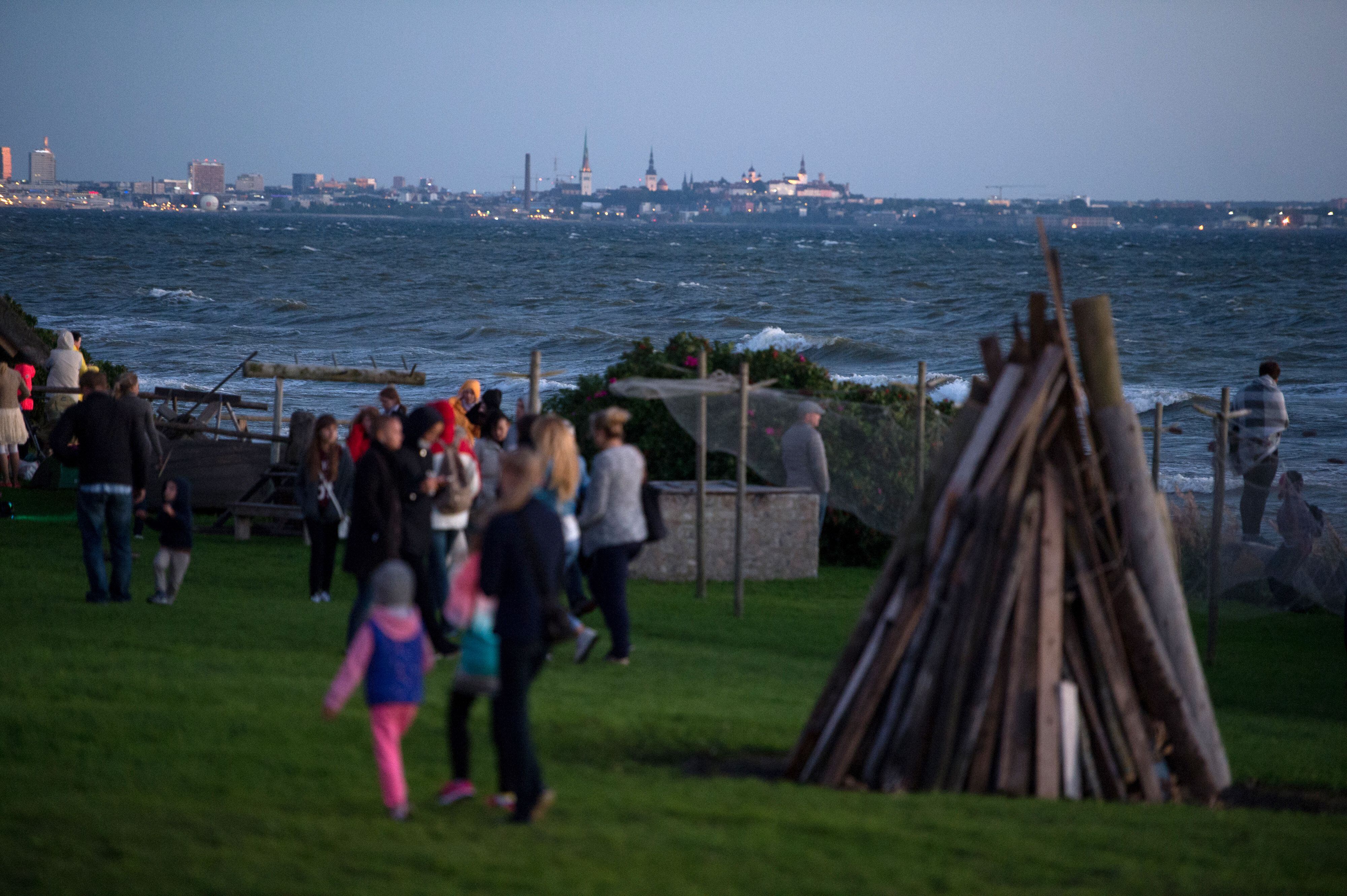The year 2020 and the past decade were filled with many turbulent internal and external security challenges that tested the strength of NATO’s unity and readiness to respond. The emergence of a new virus and the ongoing pandemic is a stark reminder to expect and plan for the unexpected.
Readiness to respond to challenges remains key, but we can ill afford strategic surprises. We should not expect the upcoming decade to be any easier or present fewer obstacles. NATO and the allies will always adapt and overcome, but it is important that we shift our posture from reacting to shaping the environment.
Looking forward, the trans-Atlantic cooperation remains the cornerstone from which we should deal with a host of challenges — from Russia and China to emerging and disruptive technologies, terrorism, and a warming climate, among many others.
Our shared democratic values, the international order, and NATO’s deterrence and defense posture will continue to be confronted by an assertive Russia. We have witnessed Russia annexing and occupying its neighboring countries Georgia and Ukraine, testing our resilience through information and cyber warfare, using chemical nerve agents against civilians, and developing new missile systems.
Last year’s constitutional changes gave President Vladimir Putin the option to remain in power for the next 16 years. Therefore, we shouldn’t expect a change in Russia’s strategic goals or modus operandi any time soon. There is no doubt that Russia will seek to exploit all opportunities to undermine our unity and military posture, which is why we need to remain vigilant.
RELATED

From the Russian perspective, it sees the Baltic region as NATO’s weakest link. It could mean that in case of a wider dispute between Russia and the West, Russia could be tempted to confront NATO in this corner of Europe. The Baltic region remains the only part of the alliance where Russia enjoys an overwhelming speed, distance and force ratio advantage over the NATO alliance. Moreover Russia regularly plans and tests those plans against NATO’s eastern flank in large-scale exercises. Worryingly, Russia also routinely announces them at very short notice and systematically misleads about the intent, scale and scope — in direct violation of conventional arms control and confidence-building measures.
We must be prepared to expect precisely the same behavior in 2021, when Russia organizes another Zapad exercise, and the same for future large-scale exercises in the decade ahead.
It is thus critical that Russia never questions or miscalculates NATO’s resolve and the credibility of our collective defense. The work on the alliance’s deterrence and defense posture must continue vigorously, with a particular focus on the capacity to reinforce any part of the alliance with fires, effects and forces at the speed of relevancy. For political and military signaling, NATO’s deterrence and defense needs to be regularly tested and exercised in realistic conditions, as was intended with the U.S.-led Defender Europe 2020. In the future, such exercises should place further focus on reinforcing the Baltic region.
Strengthening NATO’s deterrence and defense posture requires continuous investment. All Baltic states spend over 2 percent of their respective gross domestic products on defense, but due to our relatively small size, this will never be enough to mass sufficient military power to face the potential Russian threat alone.
Thus, the European Deterrence Initiative and U.S. security assistance have been critical, as they have allowed us to develop our self-defense capability goals faster than planned. In the coming years, this funding will boost regionwide air defense and the development of C4I capabilities, directly benefitting the interests of the U.S. and NATO.
The forward positioning of U.S. forces in Europe and in the Baltic region — to train and exercise our collective defense plans — will remain an equally irreplaceable part of NATO’s deterrence. Estonia looks forward to the continued deployment of U.S. troops and assets in our region as well as joint exercises, like those in 2020 that included strategic bombers, Multiple Launch Rocket Systems and U.S. special forces.
Beyond conventional threats, we must also recognize the growing importance and focus on emerging and disruptive technologies, including cyber. While Estonia’s capabilities to meet conventional threats may be limited, our strength in the cyber domain rivals much larger nations. This was demonstrated in our recent cyber defense operation with U.S. Cyber Command, which offered valuable lessons for both sides.
In an upcoming era of algorithmic warfare, NATO must also think of data as a strategic capability. As an alliance, the more data we can collectively share, the more effectively we can compete with other powers such as Russia and China, for instance in developing AI solutions.
As we step into the next decade, U.S. leadership, the trans-Atlantic bond and cooperation among allies are more needed than ever. Whether it be political unity and solidarity, defense investment, expertise in cybersecurity, or contributions to international operations to fight against terrorism, the U.S. and NATO can always count on Estonia.
Juri Luik is Estonia’s defense minister.








